The gift of Bach: A generation of teachers pass on their love of music
Many of us are familiar with the feeling when, after many years, you accidentally find yourself at the school where you used to study, attend classes and run down the halls; or you step into the apartment where you used to live as a child, and suddenly you notice the stairs whispering to you, the windows caressing you, the ceiling of the corridor patting you, and the pictures you never noticed before, or at least never remembered, smiling at you from the walls. The walls themselves are talking to you and winking at you through the chipped plaster. A super sweet, Mozart-like melancholy, soaked with bright, childish joys, tugs at your heart. And you remember the little excitements and unfulfilled dreams that you have not thought of or dreamed about in years.
And if you run into your teacher with her slightly crooked back in the hallway, or if you see your old neighbor slowly coming up the stairs, this warm melancholy will overwhelm you, making you realize how much you’ve missed them.
There are also places where we’ve never been or met anyone before, but we still experience these feelings when we get there. They just have that energy, like bridges between time and place.
This is how I felt when I walked into the Senaki Musical School. I was in Senaki to visit Lamzira, who has taught music at this school for 45 years. She took me to work to introduce me to her “girls”. When we entered the building, I saw anxious kids waiting for the class with their notes, violin cases or guitars in hand, and their parents who seemed even more excited. There were jingling notes from pianos coming out of the classrooms to the dim corridor. Bach and Beethoven stared down at everyone disapprovingly from old frames on the walls. Most importantly, there were Lamzira's "girls” – elderly, old-fashioned and always well-dressed music teachers, without whom neither this school or the sounds of music—not even Bach or Beethoven—would exist for these children.
The Soviet system created very few things of value in Georgia, especially things that could withstand 30 years of cataclysms that followed its collapse. One success, however, was the chain of children's music schools and colleges that were built in every small town and borough across the country. They were accessible to all thanks to the country’s fully centralized education system. Graduates of the music schools and conservatories were assigned to work in villages and rural communities, and so the schools were supplied with qualified teachers. This is how my mother, for example, became a teacher at the Poti Music School, where she taught for five years after graduating from the Tbilisi Conservatory. Teaching has never been very lucrative in our country, not during the Soviet era or since, but that centralized system provided music teachers unconditionally. The education systems of many highly developed countries still can’t catch up with the Soviet-era system of musical education.
With the collapse of the Soviet Union, this chain of music schools, of course, also collapsed. School funding was cut, colleges were abolished, and most buildings were privatized. Many schools became private and more expensive, lost their functions as music hubs, and were soon sold as commercial spaces.
Just a few managed to survive.
Senaki Musical School is one of them. Located in Senaki, a small town of Western Georgia, the school was founded in 1927 and educated 400-500 students over the decades that followed. During Georgia’s acute economic crisis in the 1990s, when such schools were closing one after another, the teachers at the Senaki school managed to survive.
"We used to collect tuition fees from students for years," – says Lamzira. "There was no money in the country, and who would give us our salaries?! So, we used to collect the money, and then I used to bring it home. My husband worked for the police, and that’s why I was trusted to store the cash safely. We were afraid to leave money at the school because it was a very chaotic time. So, we collected money like that, and at the end of the month, we distributed our own salaries. The remaining cash went to the state. This is how we survived. We never ever stopped teaching. We never ever missed a class."
Ninety-five years later, the school still exists. Many teachers who started during the Soviet-era still teach, and despite their miserably small salaries, they still go to school every day to share great music with their pupils.

Student is playing well, you can leave the doors open to enjoy the appreciation of the audience.

Rusudan Milutin is a senior teacher and has to resolve a lot of administrative problems in addition to her classes. She was just 17 when she started working at the school 55 years ago.
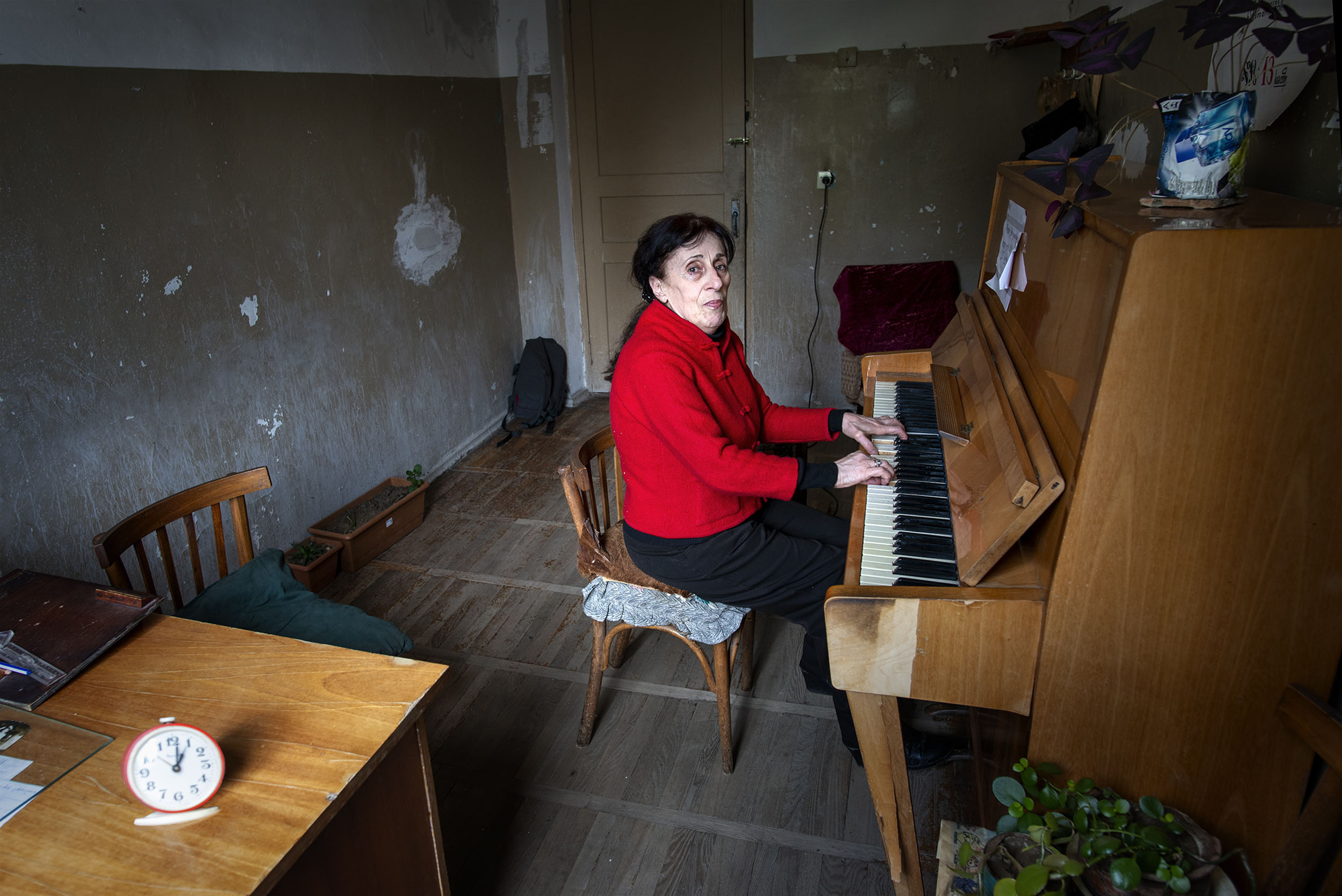
Ineza Mashava has been working at the school since 1975.
When she has some free time between lessons, or if a student is late, she sits in the class and plays music for herself.
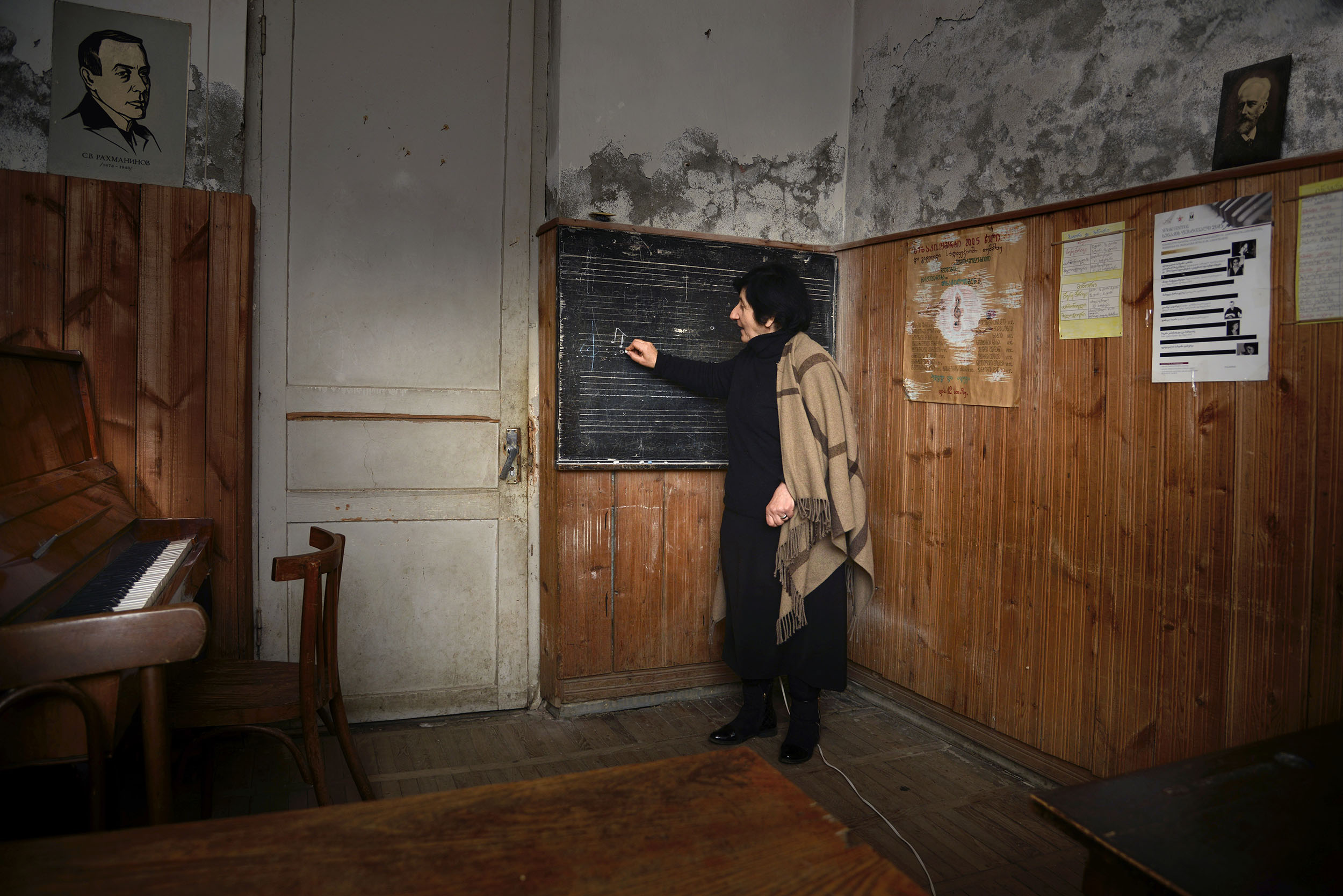
Griala Saminava is a solfeggio teacher;
she has been teaching in this classroom for decades.
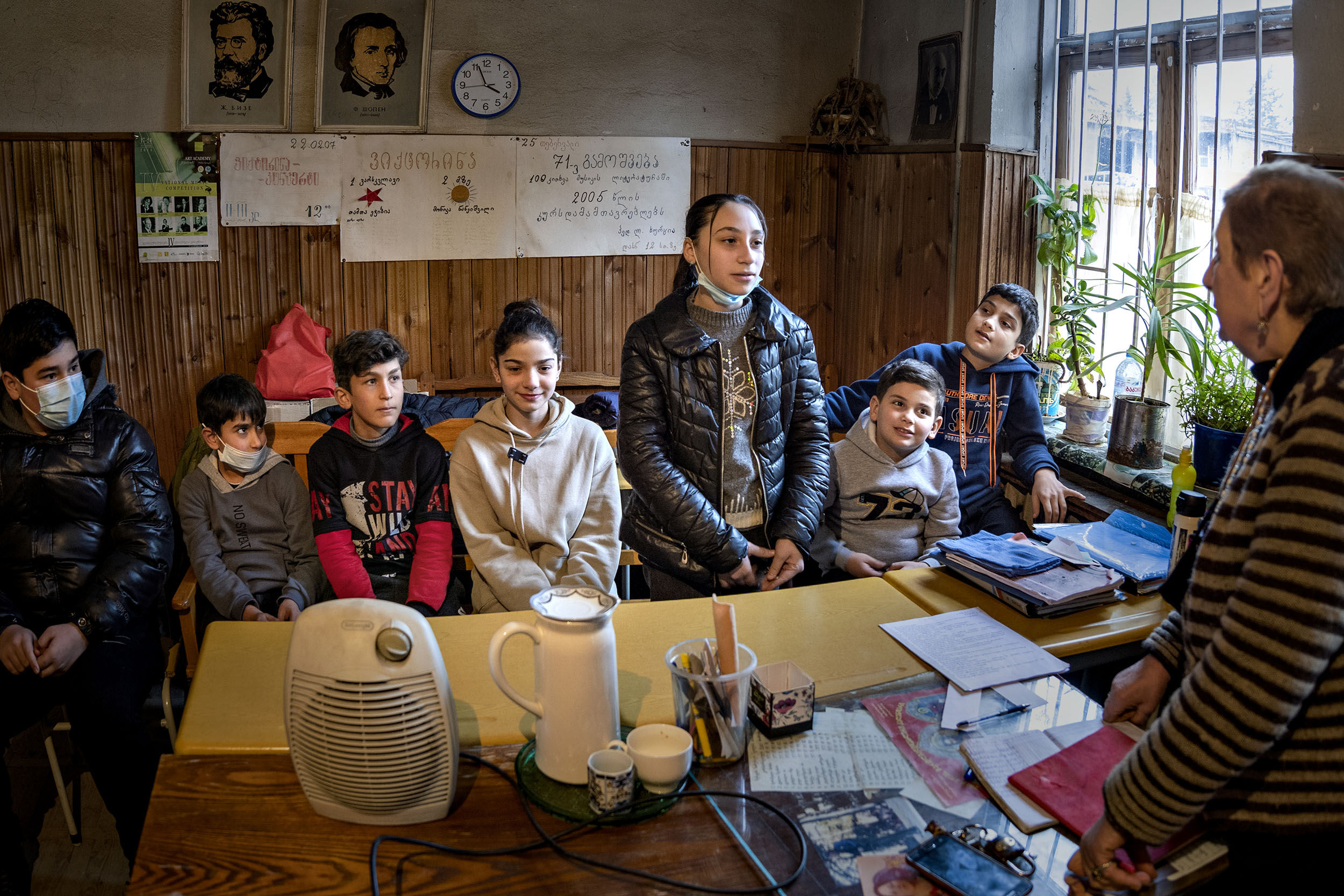
Students are often accompanied by their siblings, who are welcome to attend Lamzira’s classes so no one has to wait outside in the corridor.
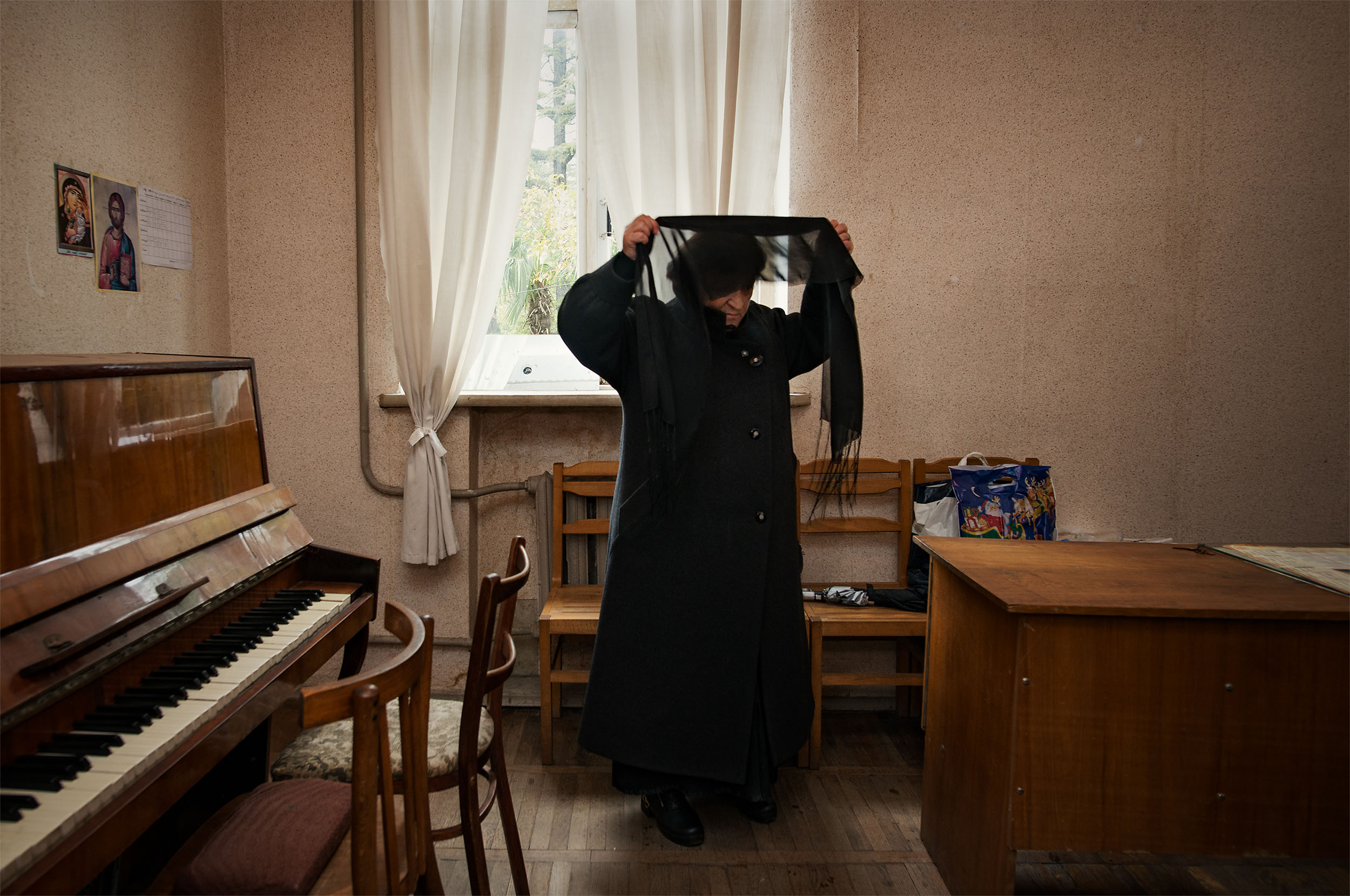
Naili Kvartskhava recently lost her son. She is still mourning but nevertheless comes to school.
She’s been teaching here since 1975.

Students don’t just learn to play an instrument in class. Teachers also provide ad hoc lessons about the classics for both the student and the parent.

Teachers at the music school are not just teachers. They also perform. The trio "Senaki" used to record gramophone records and performed on the biggest stages in the country in the 1970s.
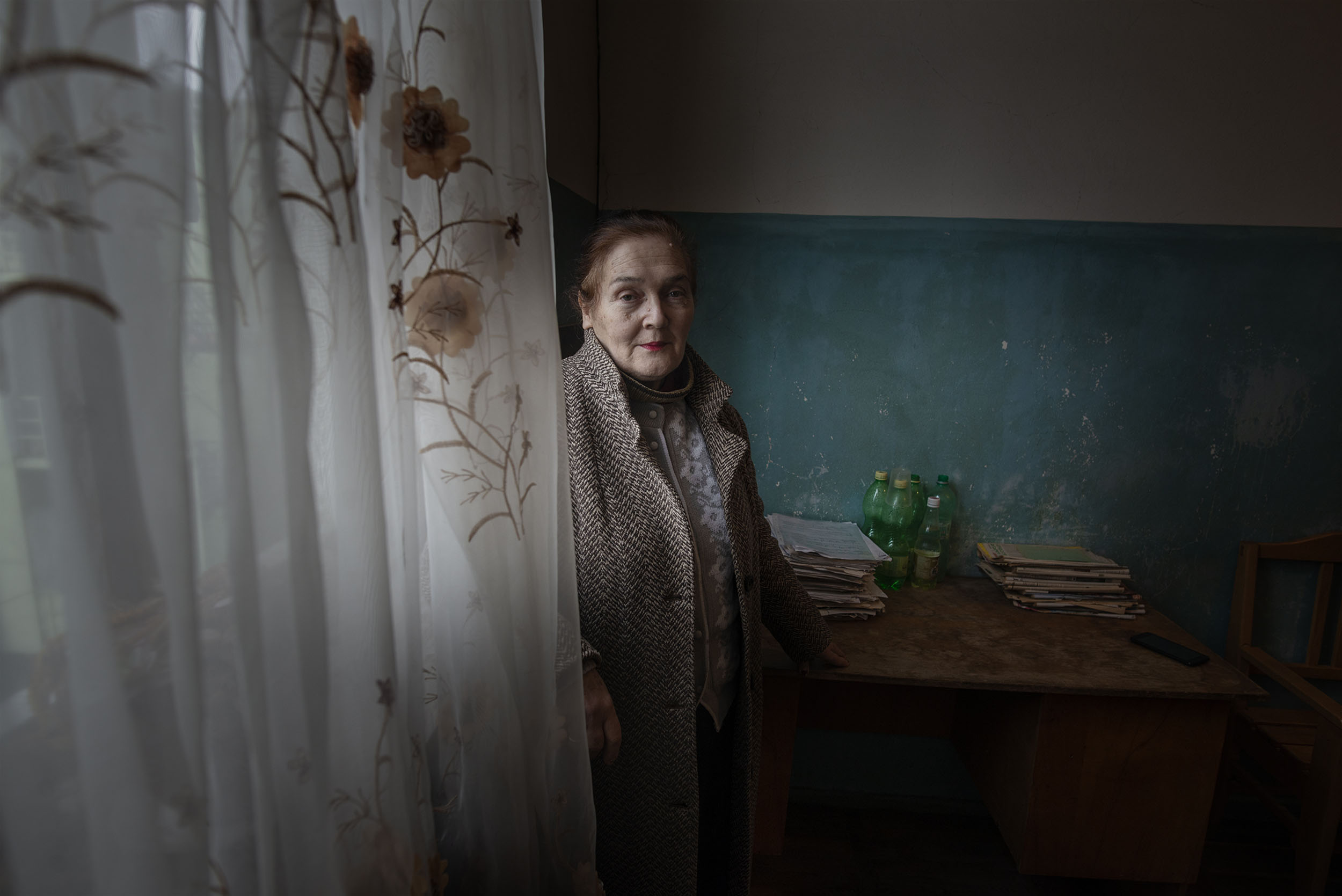
Nestan Pirtskhalava has been teaching at the school for almost 50 years.

Nata Korshia is tiny, slightly bigger than her violin, but she is very eager to become a musician so she practices a lot.

Alla Lukiantseva has spent 48 years teaching at Senaki School.
She recalls that when she started working, she was young and a brunette.
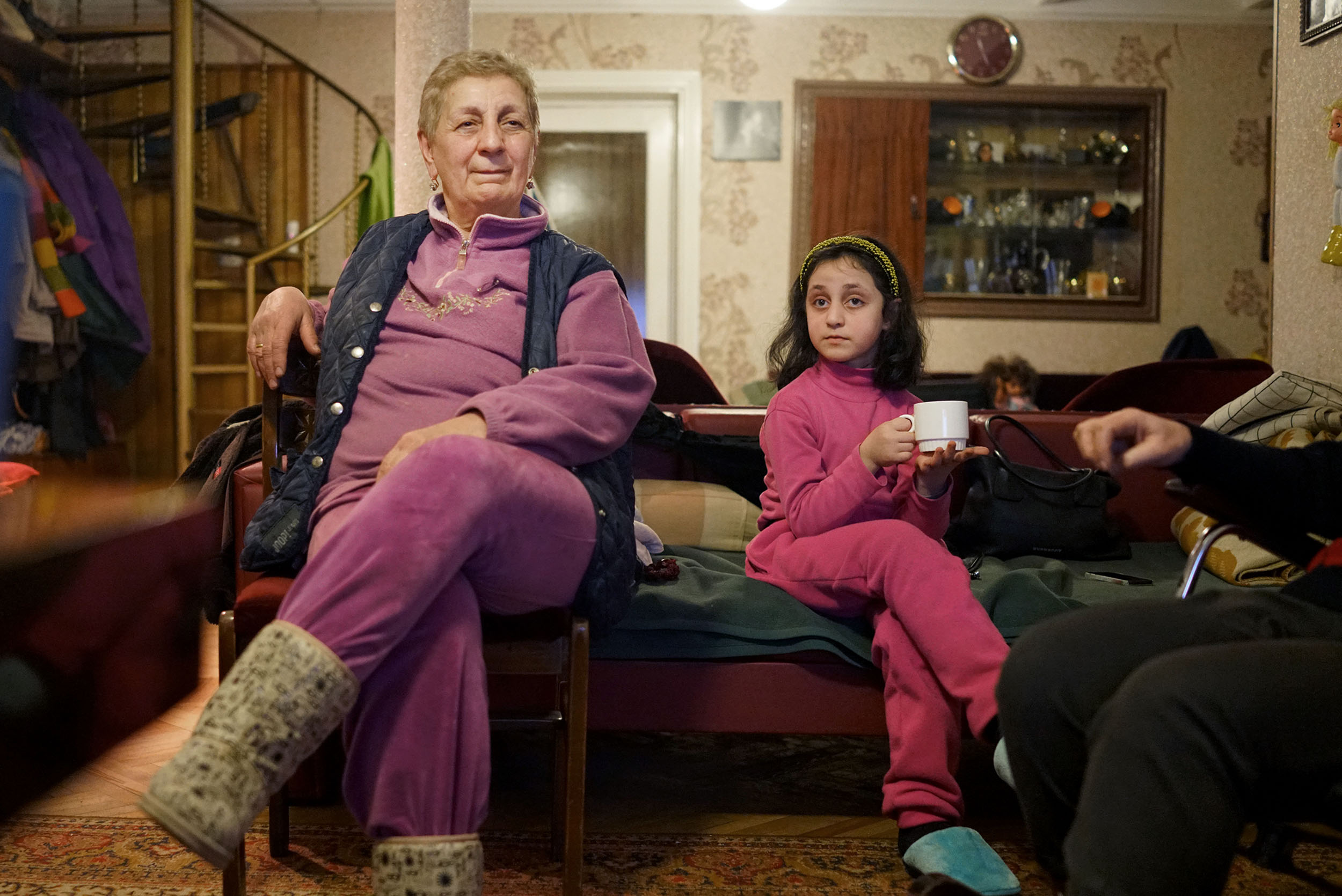
Lamzira Khurtsia is the heart and soul of the school at work and a role model as a grandmother at home.
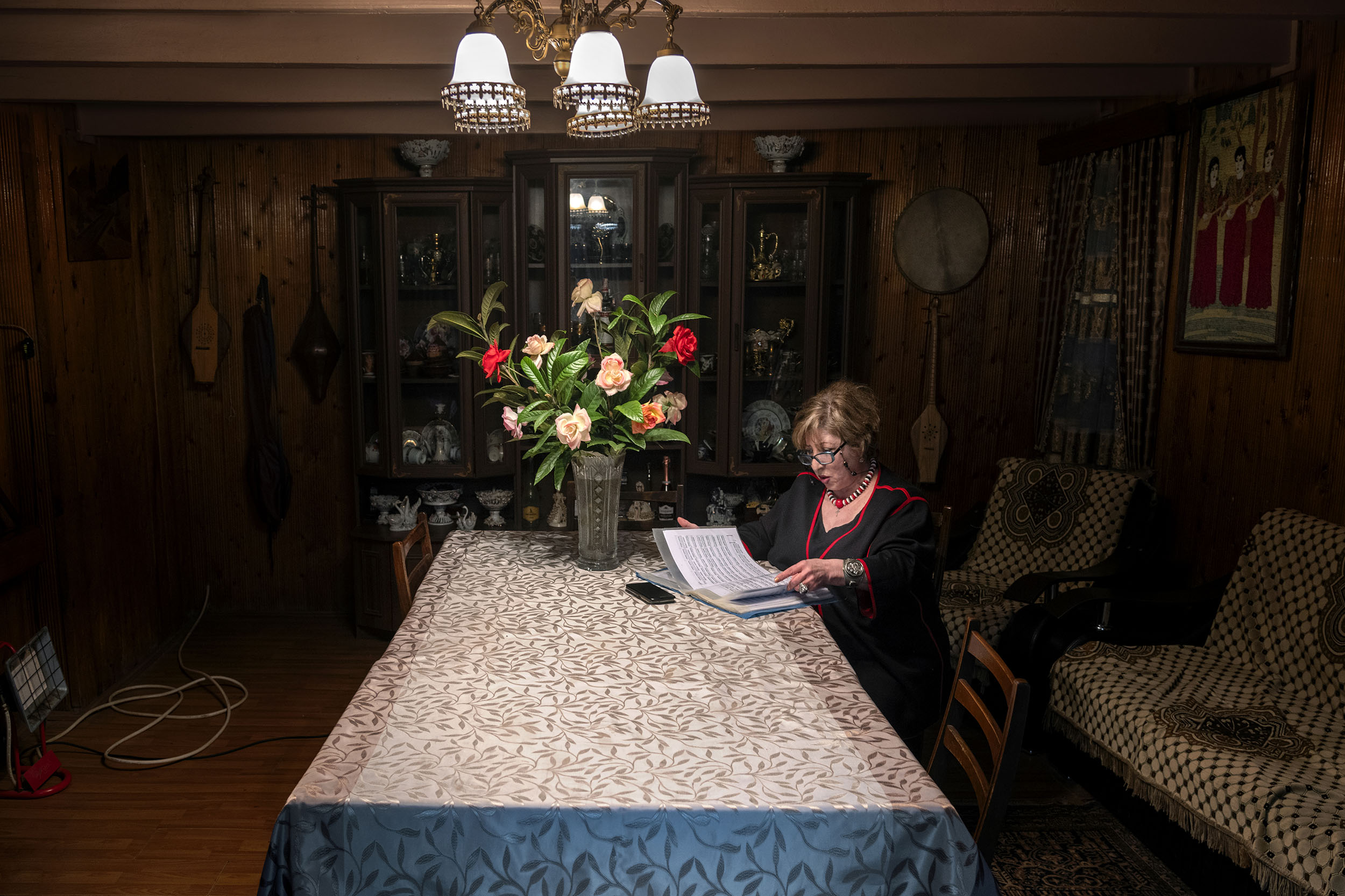
Dali Pachulia prepares for class. She has been a teacher for 50 years and she still prepares for her lessons as diligently as the students.

The school added guitar and folk instrument classes in the 1990s. Even though Lali Gogia has taught the classes for the past 25 years, she is considered a young teacher.

Without love, neither music nor teaching can be successful.
This photo essay was produced as part of the workshops led by photographer Heba Khamis, with the support of the Thomson Reuters Foundation.
DONATE NOW

